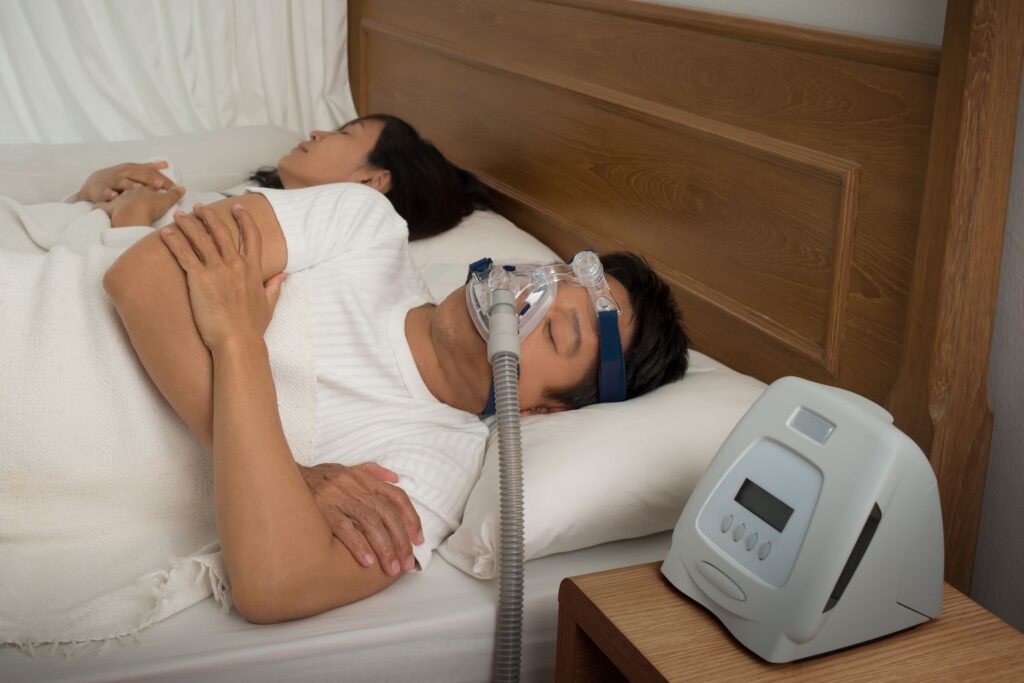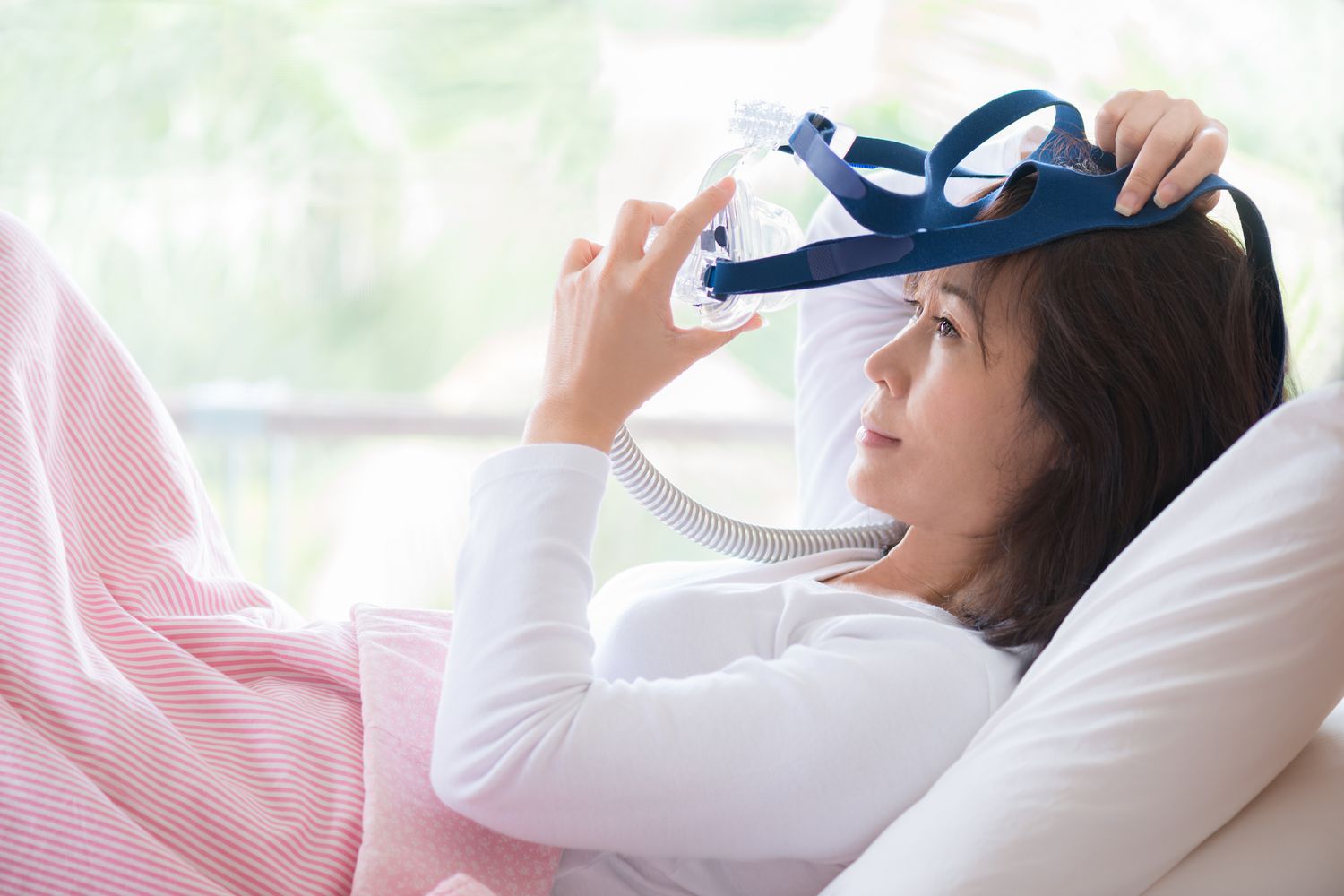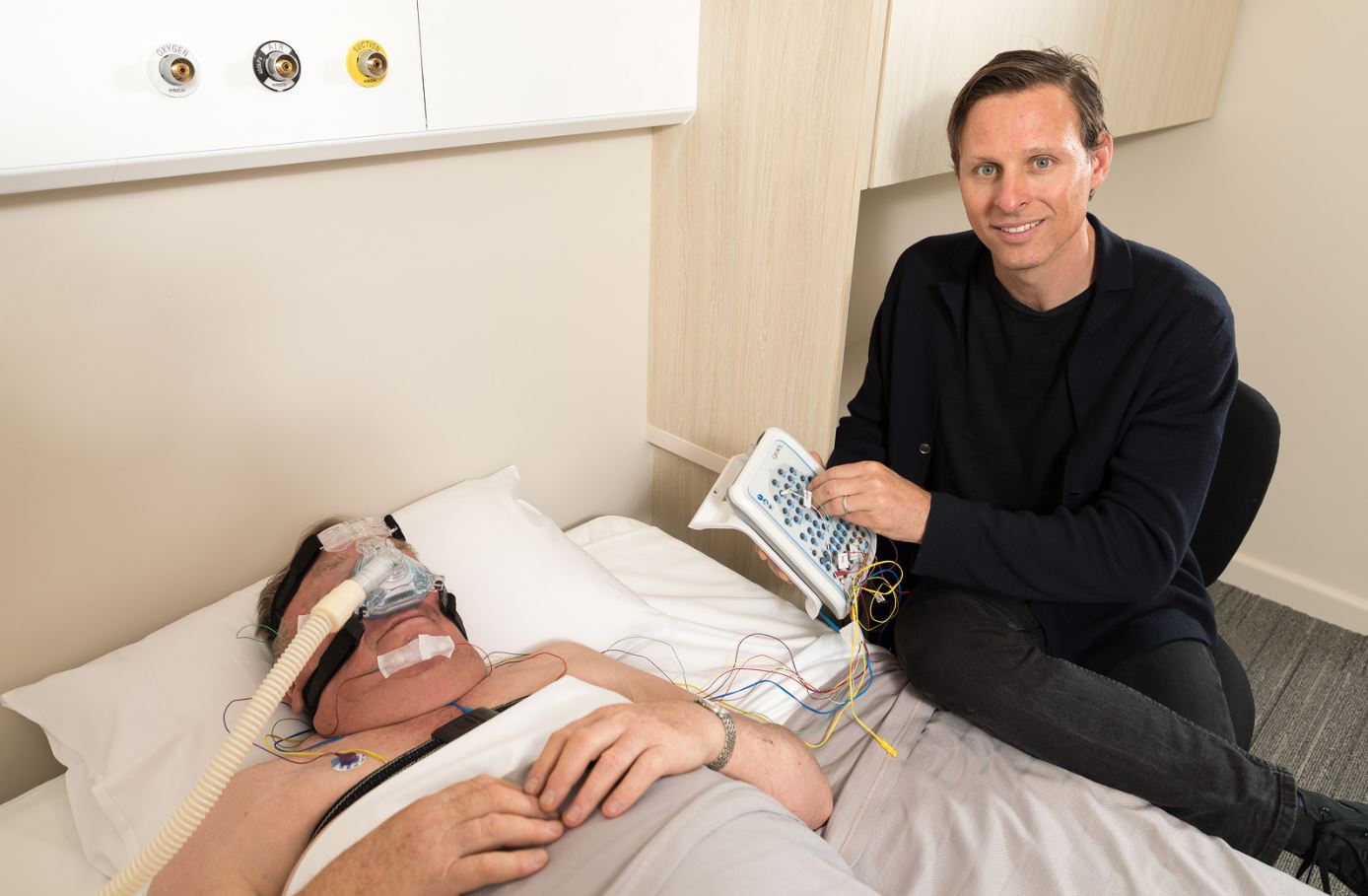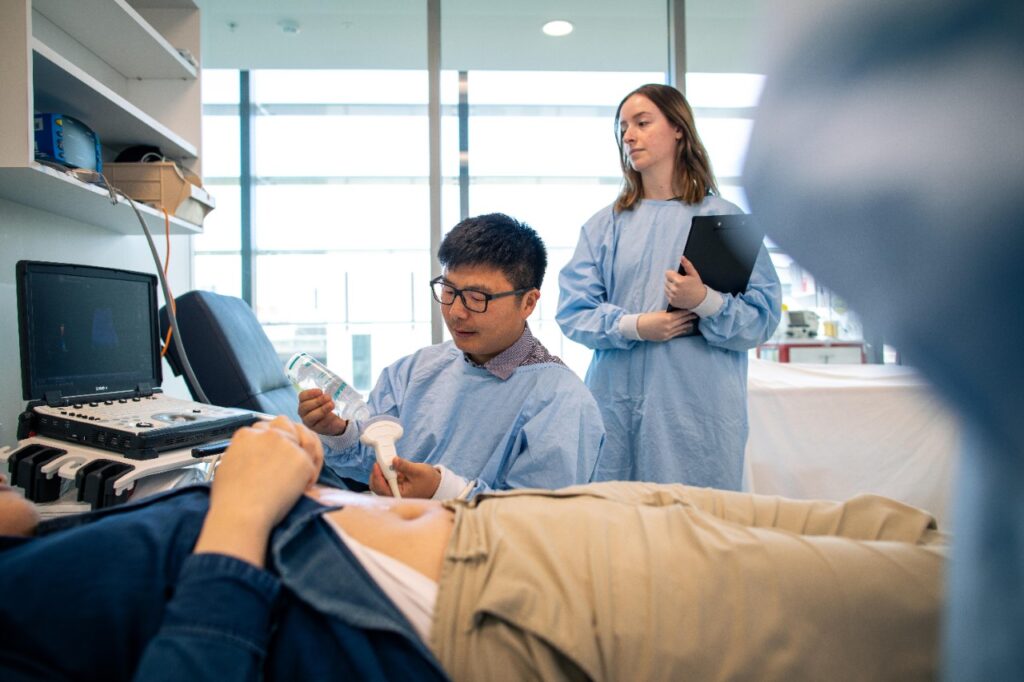In order to better understand the quality of your sleep and identify any potential sleep disorders, your doctor may have recommended a sleep study. This study involves spending a night at a specialized sleep center, where your sleep patterns and vital signs are monitored. Once the study is complete, you’ll receive a sleep study report, which provides valuable information about your sleep habits and any potential sleep disorders that may be affecting you. This article aims to guide you through the process of interpreting your sleep study report, helping you to understand its key components and the terminology used. Let’s dive in!
Understanding the Basics of a Sleep Study Report
Understanding your sleep study report is a vital step in improving your sleep health. By interpreting the key components and terminology, analyzing sleep patterns, and evaluating potential sleep disorders, you can take proactive steps towards enhancing the quality of your sleep and overall well-being. Remember, if you have any concerns or uncertainties about your sleep study report, it is always best to consult with your healthcare provider for further guidance.
The Importance of Sleep Studies
Before we delve into the details of your sleep study report, let’s first understand why sleep studies are important. Sleep is essential for our overall health and well-being. It plays a crucial role in our cognitive function, emotional well-being, and physical health. Without adequate sleep, our bodies and minds cannot function optimally. Sleep studies provide valuable insights into the quality and duration of your sleep, allowing doctors to identify any potential sleep disorders and offer appropriate treatments.
Imagine your sleep as a symphony, with each sleep stage playing a different instrument. The slow, rhythmic waves of deep sleep act as the foundation, while the rapid eye movement (REM) sleep, where dreams occur, adds a touch of excitement. Just like a conductor guides the musicians, your sleep study report acts as a guide for doctors, helping them understand the intricacies of your sleep symphony.

Key Components of a Sleep Study Report
When you receive your sleep study report, you’ll notice several key components that provide important information about your sleep patterns and any potential sleep disorders:
- Summary: This section provides an overview of your sleep study and highlights any significant findings that may require further attention. It’s like the opening act of a play, setting the stage for what’s to come.
- Sleep Stages and Cycles: The report will detail the different stages of sleep you experienced during the study and the duration of each stage. This information is crucial in understanding your sleep architecture and identifying any abnormalities. It’s like dissecting the different movements of a symphony, analyzing the ebb and flow of each note.
- Arousal Index: The arousal index measures the number of times you woke up during the night. High arousal index values may indicate disrupted sleep and potential sleep disorders like sleep apnea. Think of it as the interruptions in your sleep symphony, where the conductor has to pause and regain control.
- Respiratory Events: This section focuses on respiratory events, such as apneas and hypopneas, which can disrupt your breathing during sleep. The report will provide data on the frequency and severity of these events, helping to diagnose sleep apnea. It’s like identifying the dissonant notes in your sleep symphony, where the harmony is momentarily lost.
- Sleep Efficiency: Sleep efficiency measures the percentage of time you spent asleep in bed. A lower sleep efficiency may indicate fragmented or disrupted sleep. It’s like evaluating the overall performance of your sleep symphony, determining how well the instruments played together.
These components form the foundation of your sleep study report and provide valuable insights into your sleep quality. Just like a music critic analyzes a symphony, your doctor will carefully examine these components to understand your sleep composition. Let’s now decode the terminology used in these reports to help you better understand the findings.
So, as you embark on this journey of understanding your sleep study report, remember that it’s like unraveling the intricacies of a symphony. Each component adds a layer of knowledge, helping your doctor compose the perfect treatment plan to restore harmony to your sleep.
Decoding the Terminology
Common Terms Used in Sleep Study Reports
When reading your sleep study report, you may come across several terms that may be unfamiliar to you. Let’s clarify some of the most commonly used terms:
- Sleep Latency: Sleep latency refers to the time it takes for you to fall asleep from the moment you lie in bed. It indicates how easily you can initiate sleep.
- Arousal: An arousal refers to any transition from sleep to wakefulness. These can be so brief that they may not even be consciously perceived.
- Apnea: An apnea refers to a temporary suspension of breathing for a minimum of 10 seconds. It can cause disruptions in sleep and oxygen deprivation. Find more about oxygen at https://scied.ucar.edu/learning-zone/air-quality/oxygen
- Hypopnea: Similar to apnea, hypopnea refers to a partial blockage or reduction in airflow during sleep.
- REM Sleep: Rapid Eye Movement (REM) sleep is a stage of sleep characterized by intense brain activity and rapid eye movements. It is often associated with dreaming.
- Non-REM Sleep: Non-REM sleep consists of three separate stages, each characterized by distinct brainwave patterns. This is the deeper, more restorative stage of sleep.
Understanding Sleep Stages and Cycles
Now that we have clarified some of the terminology, let’s explore the different sleep stages and cycles you may encounter in your sleep study report:
Your sleep study report will likely detail the following stages:
- Stage 1 (N1): This is the initial phase of sleep, when you are transitioning between wakefulness and sleep. You may experience light sleep or even brief awakenings during this stage.
- Stage 2 (N2): This stage marks the onset of actual sleep. Your brainwave patterns will show characteristic features such as sleep spindles and K-complexes.
- Stage 3 (N3): Also known as slow-wave sleep, stage 3 is the deepest and most restorative stage of sleep. It is essential for physical recovery and rejuvenation.
- REM Sleep: Rapid Eye Movement (REM) sleep, as mentioned earlier, is characterized by vivid dreaming and intense brain activity. It typically occurs several times during the night, with each REM period becoming longer as the night progresses.
Each of these stages plays a vital role in maintaining healthy sleep. An understanding of these stages will help you better interpret your sleep study report and identify any potential issues.
It’s important to note that the duration and distribution of these sleep stages can vary from person to person. Factors such as age, sleep disorders, and overall health can influence the composition of your sleep architecture. For example, individuals with sleep apnea may experience frequent disruptions in their sleep, leading to a higher proportion of lighter sleep stages and less time spent in deep, restorative sleep.
Furthermore, the sleep cycles you go through during the night are not static. They follow a pattern known as the ultradian rhythm, which consists of alternating periods of REM and non-REM sleep. These cycles typically last around 90 minutes, with the first REM period occurring approximately 70-90 minutes after falling asleep. As the night progresses, the duration of REM sleep increases, while the time spent in deep sleep gradually decreases.
Analyzing Sleep Patterns
Recognizing Normal and Abnormal Sleep Patterns
Now that we have covered the basics of sleep stages and cycles, let’s move on to analyzing sleep patterns in your sleep study report. Understanding what constitutes normal and abnormal sleep patterns is crucial.
Normal sleep patterns exhibit a relatively smooth transition between sleep stages, with the majority of your sleep time spent in stage 2 (N2) and slow-wave sleep (stage 3). REM sleep should also occur at appropriate intervals throughout the night.
Abnormal sleep patterns can manifest in various ways. For example, fragmented sleep, frequent awakenings, or unusually prolonged periods of wakefulness. These patterns may indicate sleep disorders such as sleep apnea, insomnia, or restless legs syndrome.
Learn more on: Understanding the Sleep Study Process in Adelaide
The Role of REM and Non-REM Sleep
The balance between REM and non-REM sleep is essential for healthy sleep. REM sleep allows for emotional processing and memory consolidation, while non-REM sleep is responsible for physical recovery and restoration.
By examining the distribution and duration of these sleep stages in your sleep study report, your doctor can gain valuable insights into potential sleep disorders and tailor appropriate treatments. It’s important to note that any significant deviations from the normal distribution of sleep stages should be discussed with your doctor.
Moreover, abnormal sleep patterns can also include instances of parasomnias, which are disruptive sleep disorders. These can involve behaviors like sleepwalking, night terrors, or even sleep paralysis. Parasomnias can significantly impact the quality of your sleep and overall well-being.
Furthermore, the presence of excessive daytime sleepiness or difficulty staying awake during the day may indicate a disruption in your sleep patterns. This could be linked to conditions such as narcolepsy or circadian rhythm disorders, where your body’s internal clock is out of sync with the natural day-night cycle.

Evaluating Sleep Disorders
Identifying Signs of Sleep Apnea
Sleep apnea is one of the most common sleep disorders affecting millions worldwide. It is characterized by repeated pauses in breathing during sleep, often resulting in loud snoring, gasping, or choking sounds. Your sleep study report may provide key indicators of sleep apnea, such as a high apnea-hypopnea index (AHI) or significant oxygen desaturation events.
If your report suggests the presence of sleep apnea, it’s essential to consult with your doctor for further evaluation and potential treatment options.
Other Sleep Disorders Reflected in the Report
In addition to sleep apnea, your sleep study report may provide insights into other sleep disorders, such as insomnia, narcolepsy, or restless legs syndrome. Identifying these disorders early is crucial for initiating appropriate treatments and improving overall sleep quality. To read more about syndrome click here.
The Role of Sleep Efficiency
What is Sleep Efficiency?
Sleep efficiency is a measure of how much time you spend asleep compared to the total time you spend in bed. It is calculated by dividing the total sleep time by the total time spent in bed, multiplied by 100.
A high sleep efficiency (above 85-90%) indicates that you are spending an adequate amount of time asleep while in bed. On the other hand, a lower sleep efficiency may suggest fragmented or disrupted sleep, which can be indicative of sleep disorders such as insomnia or periodic limb movement disorder.
How Sleep Efficiency Impacts Your Health
Optimal sleep efficiency is crucial for maintaining good health and well-being. Poor sleep efficiency can lead to daytime sleepiness, decreased cognitive function, and impaired overall performance. If your sleep study report reveals low sleep efficiency, it may be necessary to investigate and address any underlying sleep disorders or lifestyle factors that may be contributing to the issue.




